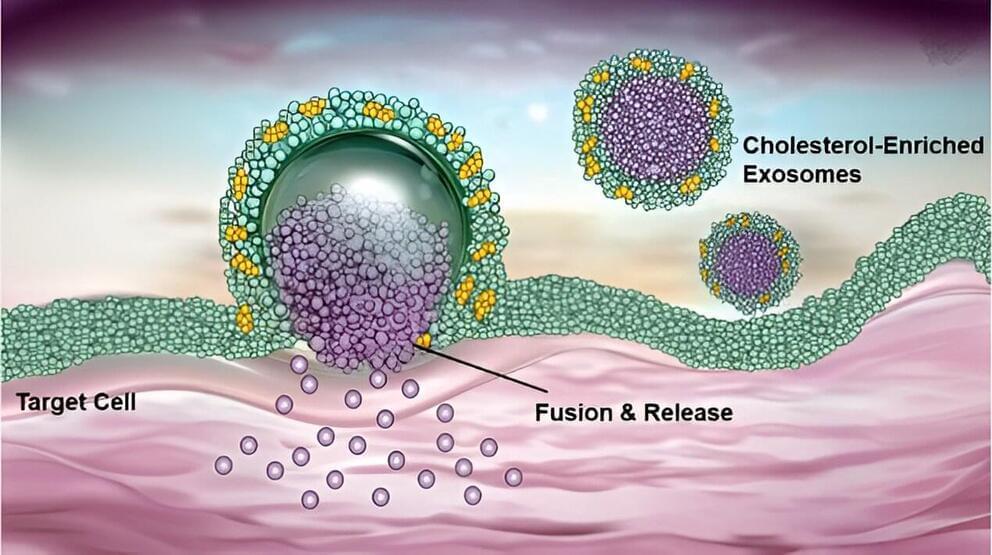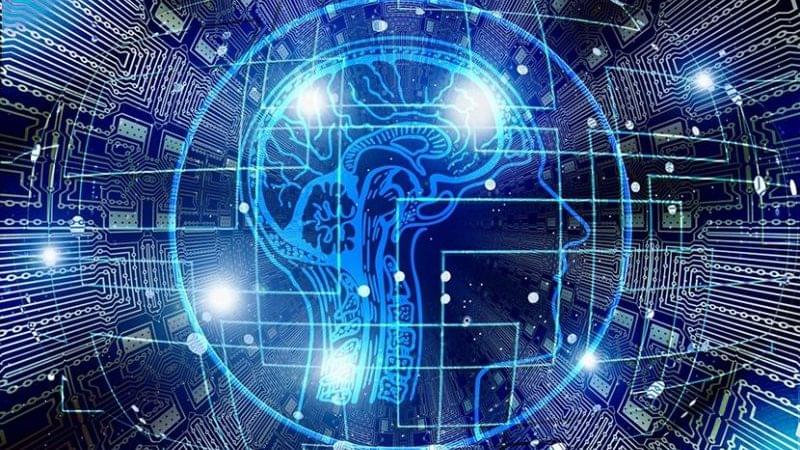KINGSTON, N.Y. (AP) — On a tributary of the Hudson River, a tugboat powered by ammonia eased away from the shipyard dock and sailed for the first time to show how the maritime industry can slash planet-warming carbon dioxide emissions.
The tugboat used to run on diesel fuel. The New York-based startup company Amogy bought the 67-year-old ship to switch it to cleanly-made ammonia, a new, carbon-free fuel.
The tugboat’s first sail on Sunday night is a milestone in a race to develop zero-emissions propulsion using renewable fuel. Emissions from shipping have increased over the last decade — to about 3% of the global total according to the United Nations — as vessels have gotten much bigger, delivering more cargo per trip and using immense amounts of fuel oil.








